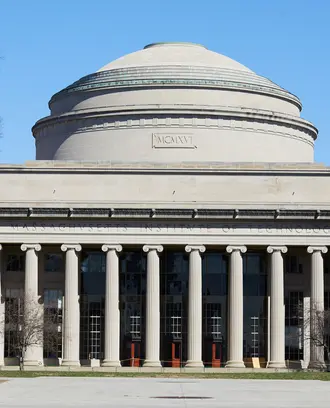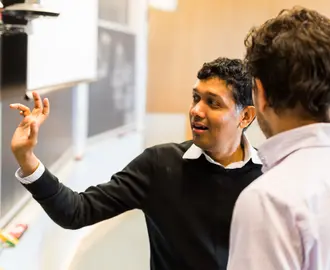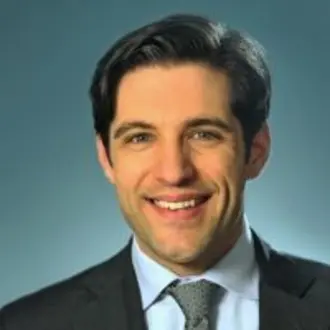Change Management
Creating a new playbook for my career (and leading during a pandemic)
Sebastien Girard, EMBA '16
The decision to join the MIT Executive MBA was first made from necessity. Back then, as an operations executive working for a “for profit” public staffing global leader, it was required for me to keep advancing in my career.
However, I discovered in the program that the combination of my cohort of international, mid-career professionals and the tools to truly assess the business world from all angles and through multiple lenses was life changing. It didn’t just provide the framework necessary to be successful and to make a difference in what was my current job. It also opened my eyes in finding the true purpose in my career.
Through learning and interactions, it became very clear that I could shape the world of work and add value differently, in a way that would give back to communities, versus working for pure profit’s sake (don’t get me wrong, profit is important!).
Toward the end of the program, through connections and relationships, I made the decision to change careers from an operations executive in the staffing industry to a human resources executive in the not-for-profit healthcare industry. To this day, this was the best decision I made in my career. I am having a true impact on the life and health of communities.
These days, with the coronavirus pandemic, my career has become a calling. I credit MIT’s EMBA program with my successful transition into healthcare. Even more importantly, I credit the program with the knowledge and tools necessary to lead in this crisis.
Using frameworks from MIT
The world, the nation, and the healthcare industry are facing an unprecedented crisis due to the COVID-19 virus. We are swiftly learning and adapting to a completely new situation. The last pandemic was in 1918, and that playbook is obsolete.
Fortunately, many of the classes in the MIT EMBA program are directly applicable to leading and managing in this type of uncertain and volatile environment. I am using those frameworks daily to help optimize my decision-making to keep our patients, teammates, and the communities we serve safe.
Removing silos
I learned in organizational processes that the only way to maximize outcomes in a crisis is to remove the boxes around executives to take advantage of their strengths and eliminate boundaries between departments. Decisions must be made in a holistic and swift manner, rather than plodding through the layers of approval required by an organizational chart.
Understanding relationships
Without silos, it is critical to understand the relationships and socio-politico landscape that exist within an organization. Knowing who to involve on which situations can save a tremendous amount of time. In the end, executive buy-in is half the battle to any decisions and can save days or weeks of time. And saving time during a pandemic is a matter of life and safety. Think about who should be involved in a decision-making process. Will their opinion influence the executive decision? Look for people trusted by senior leaders who will support your initiative. If you do not know who to ask – or ask the wrong people – you may get sent back to the drawing board and lose precious time.
Asking the right questions
In leadership classes, I learned the importance of asking the right questions. The science of problem solving, which is crucial in a pandemic never experienced before, comes from a superior capacity to listen and to gather various and mixed opinions. Strength is in diversity of thoughts, backgrounds, and experience. The capacity to analyze a situation through multiple lenses has a true impact on the quality of the solution.
Internal and external landscape – Apply a global lens
Understanding internal and external landscapes are key to maximizing solutions. It is impossible to be, at the same time, a micro or macro economist, an accountant, a strategist, an operations officer, a financier and, in my case, a human-resources professional. MIT equipped me with the tools to be knowledgeable in each of the other areas at an executive level.
Always thinking about the problem from a global perspective to solve it in a holistic way is crucial. Apply lenses from all areas of your organization and make sure you are not putting too much weight on any one area. In addition, consider the different cultures at your organization’s locations. For example, my organization operates across different states, which have different cultures and different responses to the pandemic.
Using these frameworks helped me make better decisions in my organization during an unpredictable pandemic.
Sebastien Girard, EMBA '16, is Senior Vice President of Workforce Engagement at Atrium Health in Charlotte, NC.



